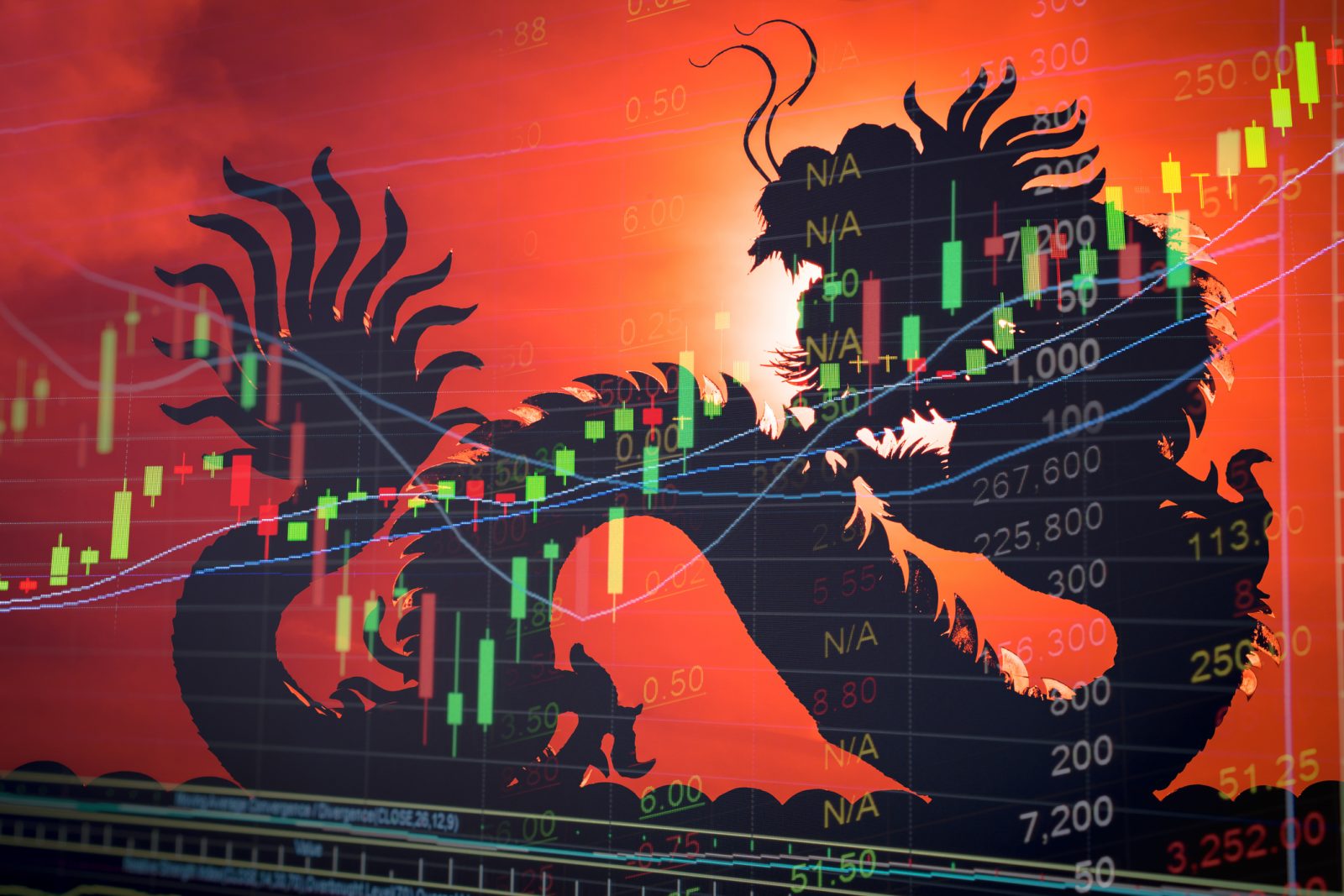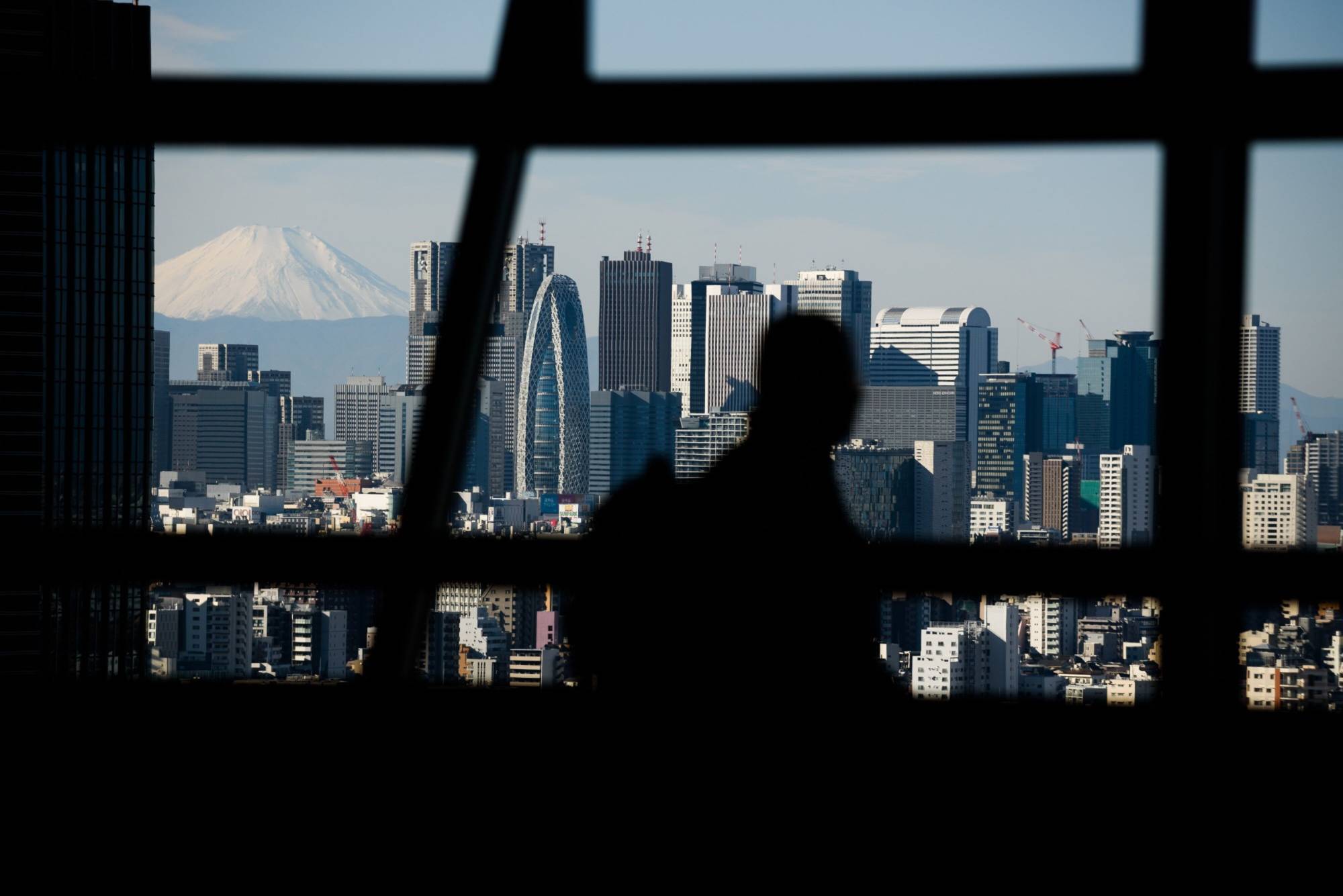Folks, you’re not going to believe this. Even Japan, the poster child for risk aversion and consistently the biggest buyer of US Treasuries, is starting to sweat. We’re talking about a $2.7 trillion repositioning of assets here, not chump change.

For decades, Japanese life insurers have been the bedrock of stability in global bond markets, steadily accumulating US debt. But now? Uncertainty is forcing a major rethink.
Interest rate volatility is sending shivers down their spines. The relentless climb in US yields erodes the value of their holdings. And let’s not forget the currency swings – a strengthening dollar wreaks havoc on returns when you’re repatriating profits.
Then there’s the wild card: policy uncertainty. Geopolitical tensions and unpredictable government actions further cloud the picture. Japan isn’t panicking, but they are reevaluating.
Let’s unpack this a bit. Why does Japan’s behavior matter?
For years, Japan’s consistent demand for US debt has artificially suppressed interest rates, helping to maintain borrowing costs for everyone. Their pull back could lead to higher yields.
Japanese investors are historically yield-focused; higher yields elsewhere – like in other sovereign bonds or even corporate debt – suddenly become attractive. Diversification is key.
This isn’t just about bonds. It’s also about the dollar’s status as a safe haven. If even Japan is questioning the dollar’s safety, what does that say about the broader market sentiment?
This shift is a wake-up call. Are US Treasuries and the dollar still the ultimate safety net? The answer, increasingly, seems to be… maybe not. We’re entering a new era of risk – buckle up!






